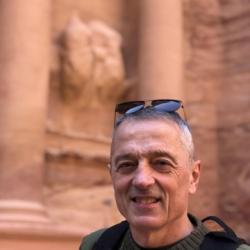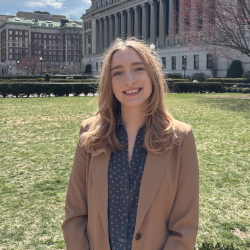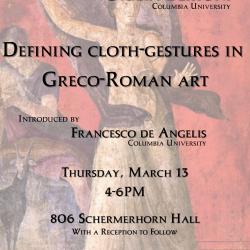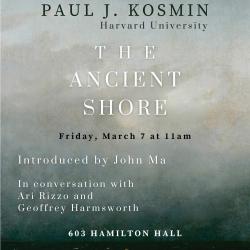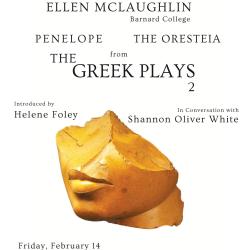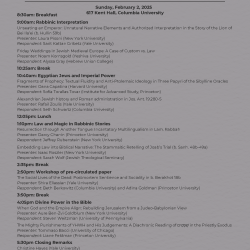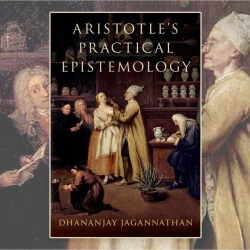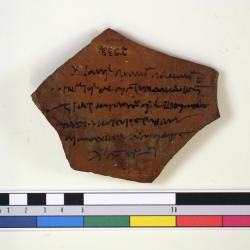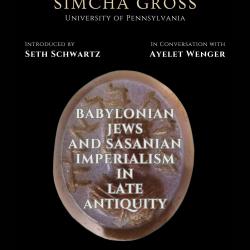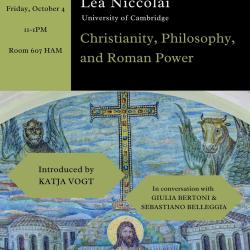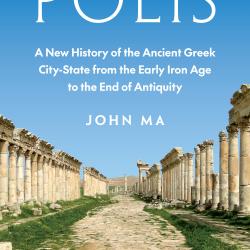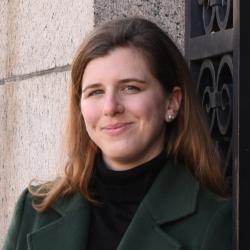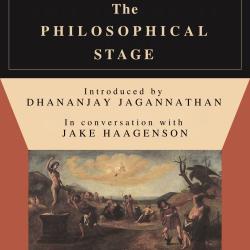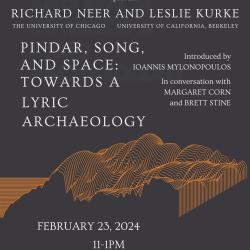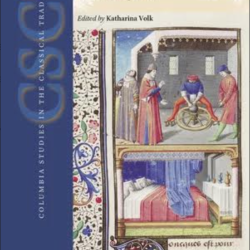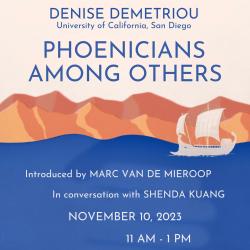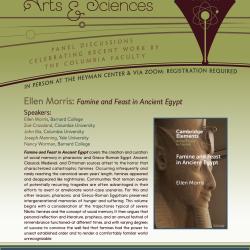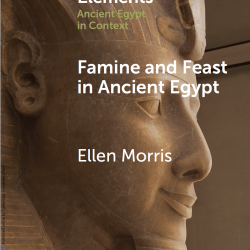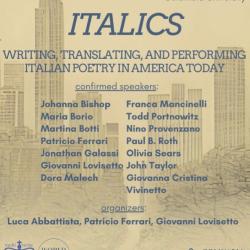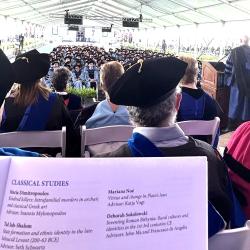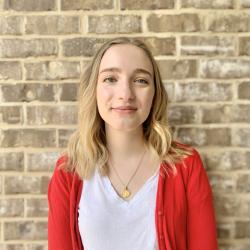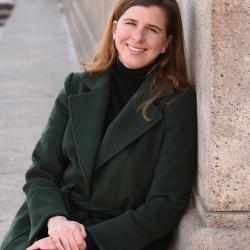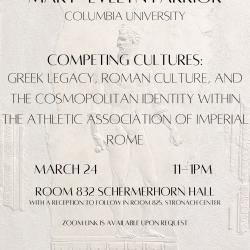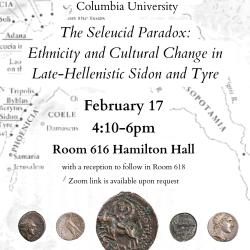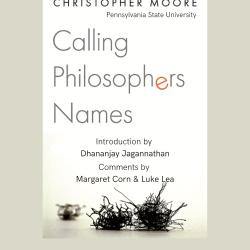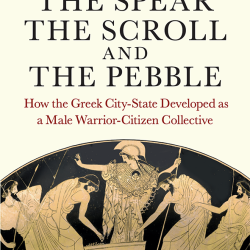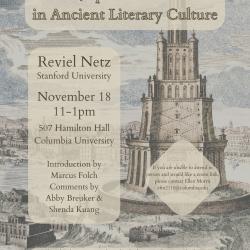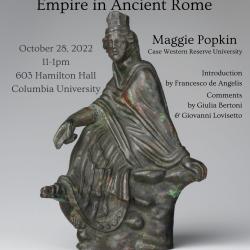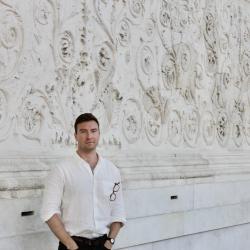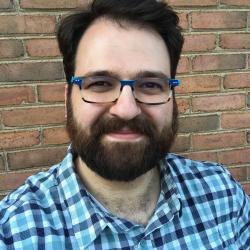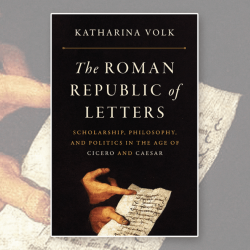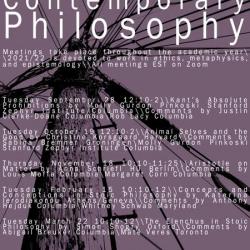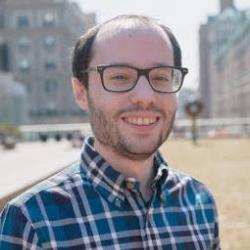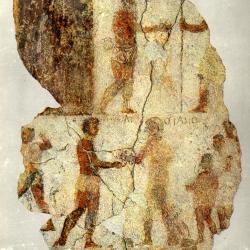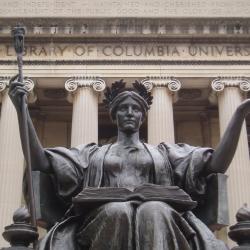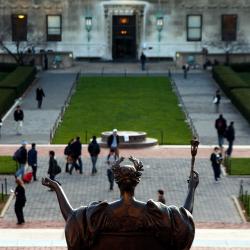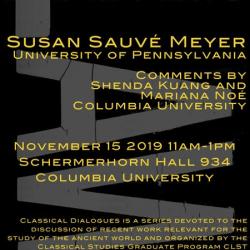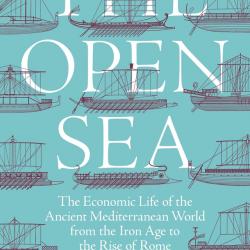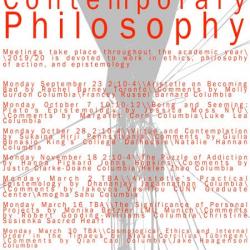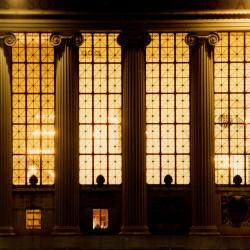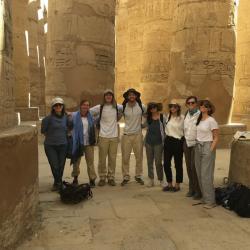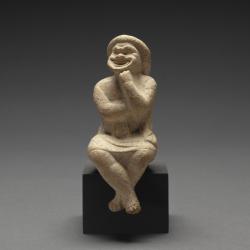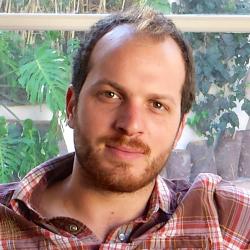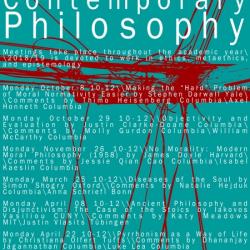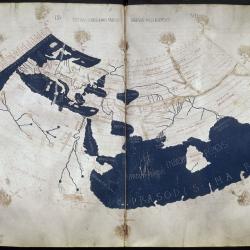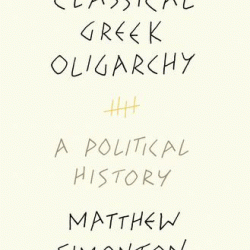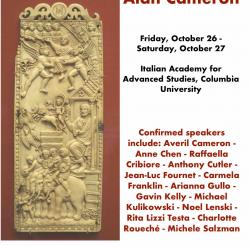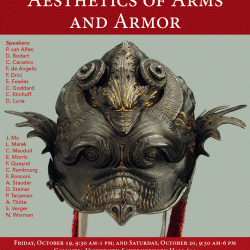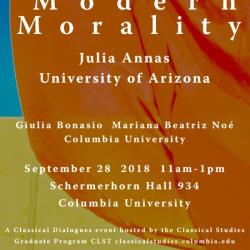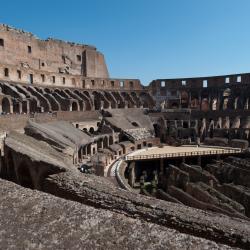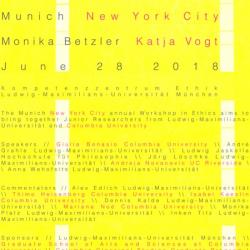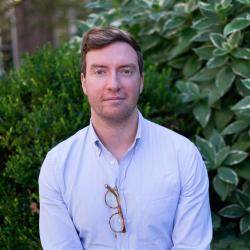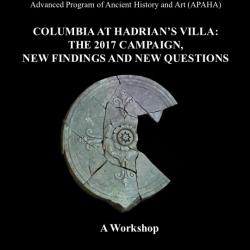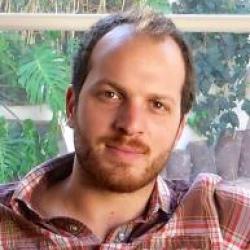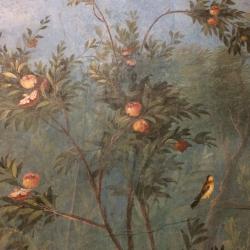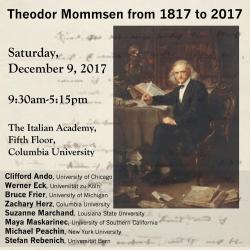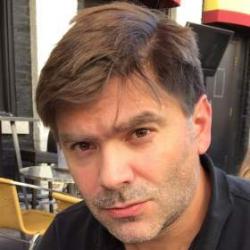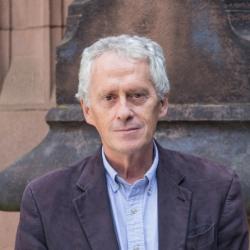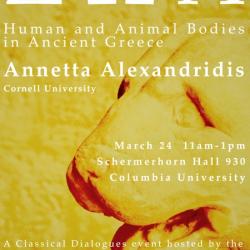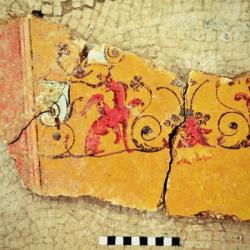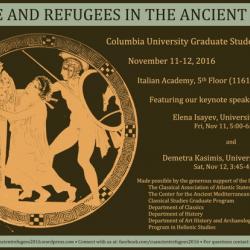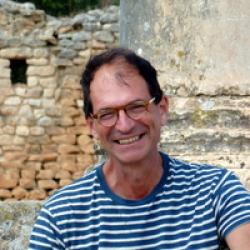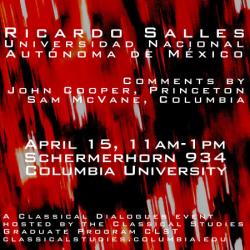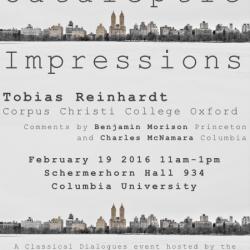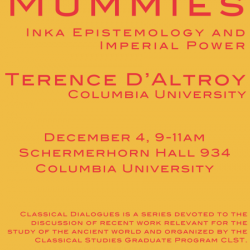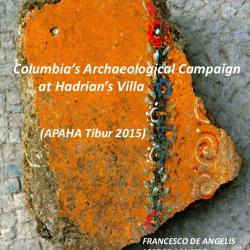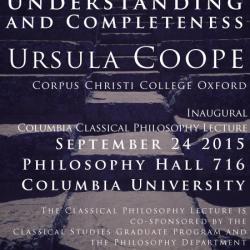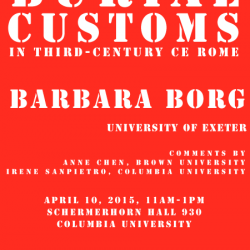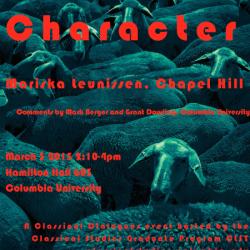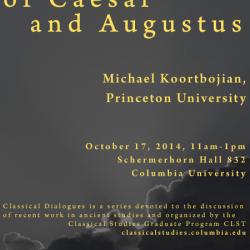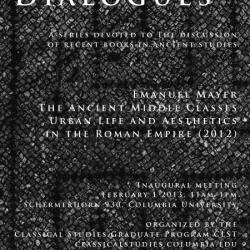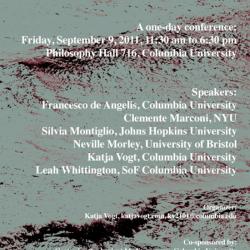A team of eight Columbia students ranging from undergraduate to doctoral candidate, led by professors Francesco de Angelis (Art History and Archaeology) and Marco Maiuro (History) and coordinated by field director Taco Terpstra (PhD 2011 Columbia U., History Department), successfully participated in the pilot project of the Advanced Program of Ancient History and Art (APAHA), a program of Columbia University (under the aegis of the Italian Academy for Advanced Studies) sponsored by the Honor Center of Italian Universities (H2CU, under the direction of the University of Rome “La Sapienza”).
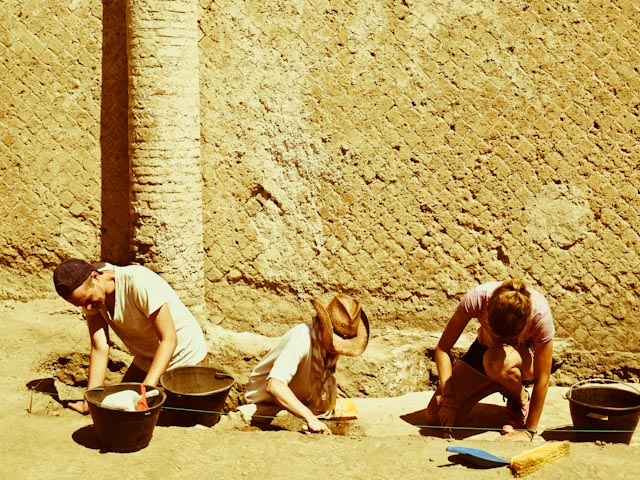
The core of this year’s project (June 20–July 10, 2011) consisted in the archaeological investigation of villa San Marco, one of the largest and most lavish Roman villas known to date, located at ancient Stabiae in the Vesuvian area. The aim of the excavation was to investigate, for the first time, the phases of the site preceding the eruption of 79 CE. To this effect work was concentrated in a key area of the villa, i.e., the courtyard connecting the residential sector of the complex with one of the main roads leading out of the settlement of Stabiae. The investigation yielded several interesting (and unexpected) results: besides clarifying the complex construction and function history of the area, it brought to light an underground water drain dating to the Republican period, not unlikely a public fixture running through what later became private ground, still in use at the time of the eruption. Perhaps even more interestingly, the excavators uncovered layers containing materials from the Archaic age (6th c. BCE)—a find that will force scholars to thoroughly reconsider the early phases of the history of Stabiae.
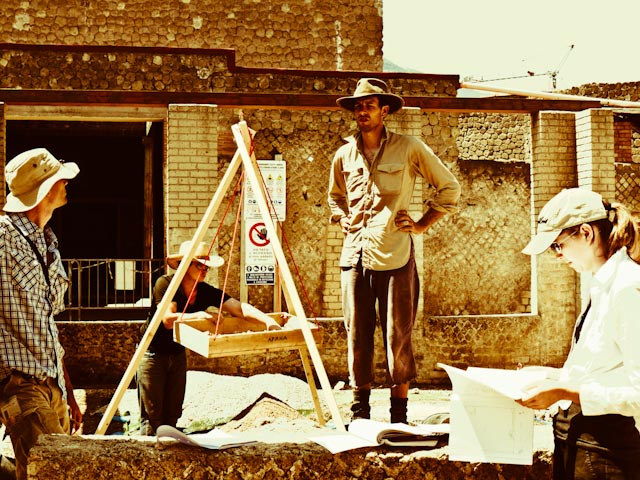
In addition to the fieldwork experience (for more photos, please follow this link), the program gave the students the unique opportunity to take part in seminars and fieldtrips led by some of the most renowned experts in the field (the first tour, to the Archaeological Museum of Naples, was led by Paul Zanker, the main international authority on Pompeii and on Roman art at large), as well as by a group of bright junior scholars belonging to the rising generation of archaeologists and art historians.
Next year APAHA will expand its scope so as to include international students and offer an even more comprehensive set of seminars in New York. Work at Stabiae will continue in order to further clarify the history of the complex; among other things, it will comprise an architectural survey of the villa, and special attention will be devoted to its huge baths sector.
Francesco de Angelis and Marco Maiuro





